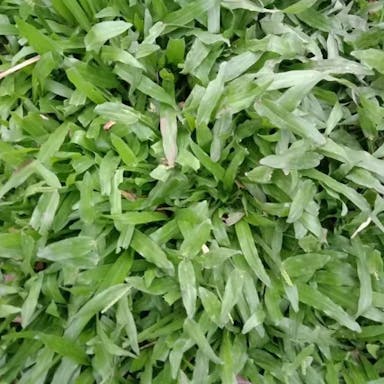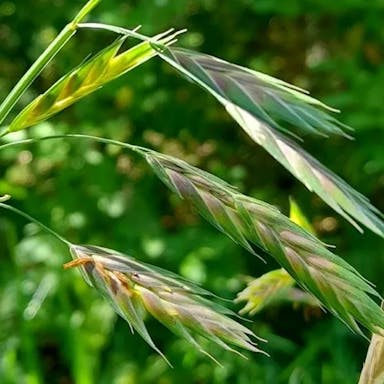Cotton-grass bulrush (or Scirpus cyperinus) is a perennial plant native to North America. Tufted growth habit and triangular stemsIt are distinct features of the plant, and belongs to the Cyperaceae family. The plant can grow up to 3 feet and thrives in wetland habitats. The nondescript flowers are typically brown or green, and are clustered, spherical heads at the ends of the stems. It produces small, nut-like fruits that contain seeds. Scirpus cyperinus is relatively easy to grow in moist, acidic soils and is often used in wetland restoration projects due to its ability to stabilize soil and provide shelter for wildlife. Overall, the species is a valuable in wetland due to its ecological significance and adaptability to various conditions.
0
0











